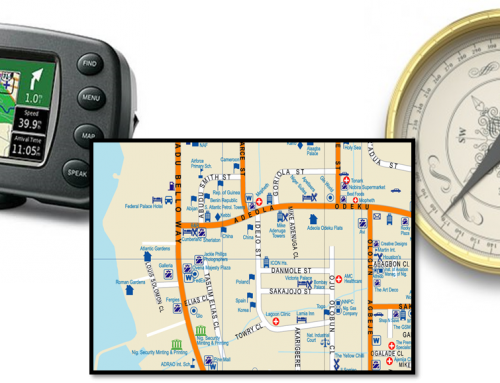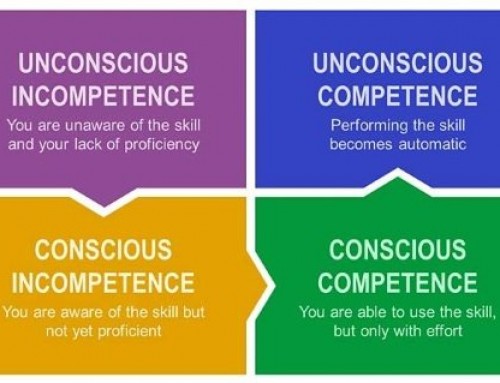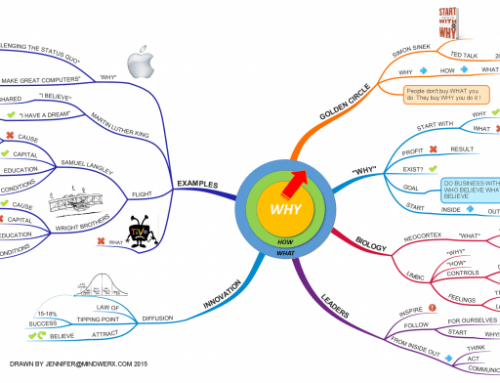In preparing a presentation there are a number of things to consider. The first and most important is the audience, the second is the material, and the third is your own mastery of language. In my case I remain limited to the English language, and I am always amazed and in awe of my many friends and colleagues who speak multiple languages – as many as eleven in at least one case I can think of.
Having said that, the English language has an estimated one million words, and if you’ve seen the documentary or book, The Adventure of English by Melvyn Bragg, you’ll appreciate the developing nature of the English language. But how is this important to developing a great presentation?
In thinking about this I was scanning through my copy of The Speed Reading Book by Tony Buzan and was reminded that all of us have three vocabularies – conversational, written and recognition. For many their conversational vocabulary is less than 1000 words.
Written vocabulary tends to be larger because more time is spent constructing written content. The largest is the recognition vocabulary which is words we recognise, but may not use.
In preparing a great presentation, whether at school, at work, or out in the community, it is clearly important that you connect with the audience using words they understand, and have maximum meaning to them. Some presenters get into trouble by writing out their speech in full, often using words they would not use in normal conversation.
While a talk can sound great as you read it in your head from the written version, it may not sound as sincere and clear when you present it aloud. One tip then is to practice presenting your talk aloud without anyone else around to make yourself comfortable when conversing with the audience. This is also a good way to increase your own conversational vocabulary – as you start to use words you normally would only write.
In speaking circles it is often said that a speech should be pitched to the lowest common denominator, or to about early high school levels. I think this can be a big mistake. First we know that many people have a much larger recognition vocabulary than they would use themselves.
As long as you are using language they will recognise, you will be safe, and with the TV, Internet and many other sources of information today people are now exposed to a much broader set of words than previously. Understand your audience, think about the messages you want to get across and then construct a speech or workshop that meets their needs.
Of course the best way to plan a presentation is to use a Mind Mapto sketch it out, then present it aloud to yourself noting special words you want to bring in to connect with the audience. Maybe record it for yourself to ‘hear’ how you sound, and go back and improve the use of vocabulary to really hit the mark.
And don’t forget the principles of Recall During Learning and Recall After Learning (watch for this in one of my future blogs if you aren’t familiar with these) to really set your presentation apart from the run-of-the-mill talks we so often have to endure.
Jennifer Goddard and Tony Buzan cover these principles brilliantly in their book ‘The Most Important Graph in the World’ which give you the secrets to success – FYI, I wrote the Foreword.
Enjoy your next presentation, as you expand your Verbal Intelligence. Good luck.






Leave A Comment
You must be logged in to post a comment.